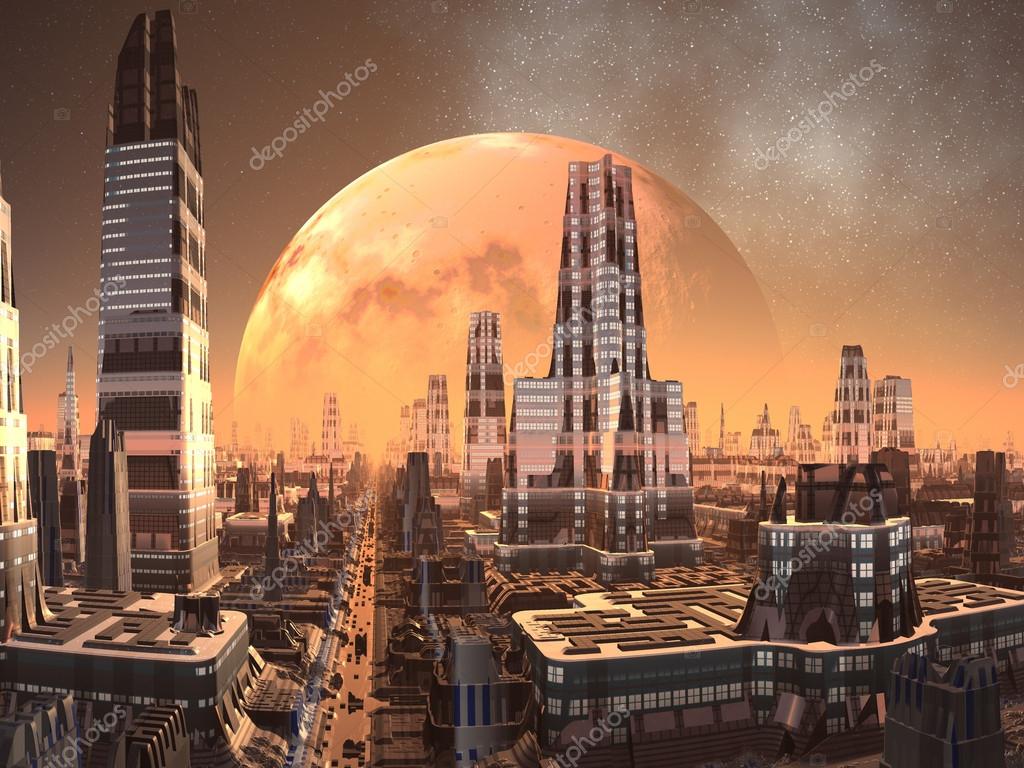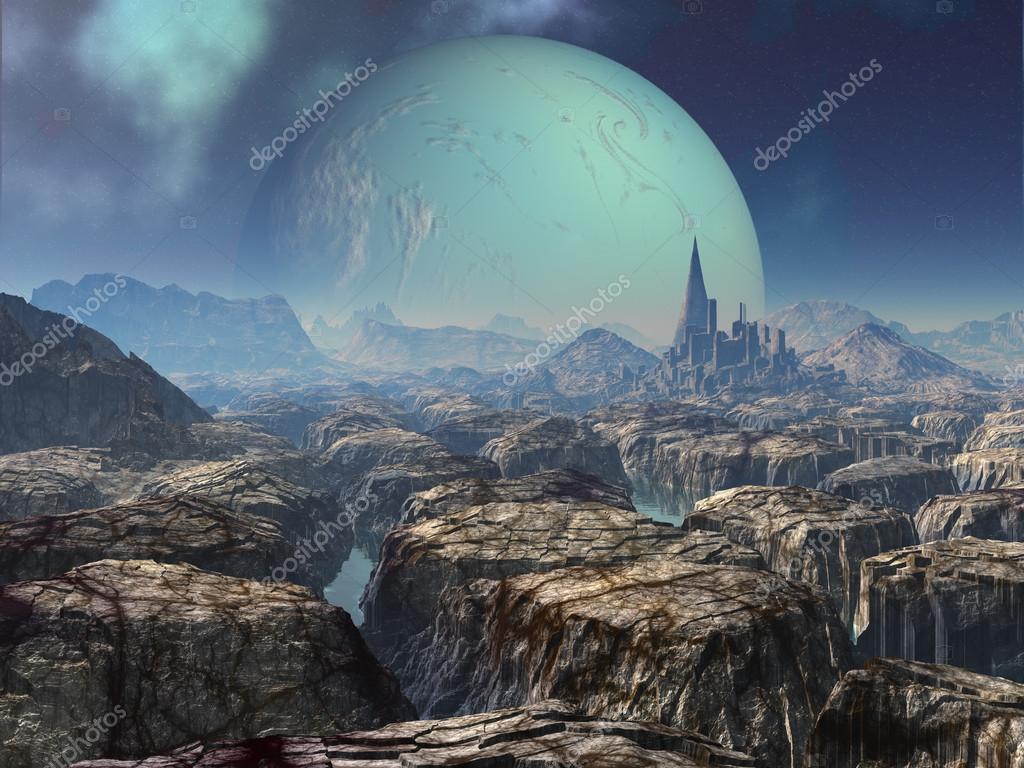

Before the industrial era, it was a small source of carbon dioxide to the atmosphere, but now it takes in around 25% of all our carbon emissions. And it ignores what the sea is already doing for us. We don’t yet have the science (known as “measurement, reporting, and verification”, or MRV) to be sure that any of these interventions in the ocean would work. Tracking the long term net effect of these ocean carbon uptake schemes is incredibly difficult, because it’s hard to predict how much carbon they will move from the atmosphere to the ocean and whether it will stay there. Of course, restoring ocean ecosystems is beneficial for lots of reasons, and it will have climate benefits, but we need to focus on the restoration, not manipulating the ocean environment to do stuff for us before we fully understand how it works now. It is also the language of control dressed up as concern for everyone else’s welfare. That betrays an ignorance of just how intricately woven together the ocean’s systems are, and how interlinked the whole thing is. I have frequently heard engineers and businesspeople state that they have two aims – to restore a pristine ocean and to make the ocean do the clearing up for us by taking up carbon, producing vast quantities of seaweed as a material resource, or whatever this week’s scheme is. You can’t “just” fertilise the ocean, or change its alkalinity, or park huge new farms there, or dump billions of tonnes of biomass into the deep sea without affecting the existing ocean physics, chemistry and biology. When it comes to removing carbon from the atmosphere, the ocean is already doing us a gigantic favour Some of the proposed technologies involve using the sea as a carbon sink, and advocates for scaling them up often give the impression that all this blue is just a giant pond to be exploited, ignoring the fact that the 3D ocean engine is intricately structured and that its living components are already under considerable stress.

Carbon dioxide removal schemes do not allow us to keep burning fossil fuels – the focus must be on rapid decarbonisation – but they will be necessary in a few decades’ time to reach our current climate goals and maybe even reverse some of the damage. The two most obvious examples of this are schemes to use the ocean to take up more carbon from the atmosphere, and to mine critical minerals from the deep sea. We’ve filled up the land with our buildings, infrastructure and agriculture, and just look at that vast expanse of water, waiting for humans to give it a purpose! But alongside all that, there’s a detectable assumption that the sea is available space to expand into. We’re hearing about the importance of the sea for the Earth’s carbon cycle, and possible changes in ocean circulation due to polar ice melt. The ocean was formally mentioned in the Paris climate agreement of 2015, but it was only in 2019 that an “ocean and climate change dialogue” became part of the UN’s climate COP processes.

Unless humanity starts to see the ocean for what it really is – a critical part of our planetary life support system – we risk sleepwalking into destruction. More than 50 years after Apollo, the ocean is starting to get more attention, but a growing slice of the discussion is based on the assumption that it is there for us to use, a resource to be exploited, a great volume of “nothing” that human inventiveness is going to turn into “something”.

The great ocean engine has just kept turning while we scurry about near its surface, only caring when its churning causes something dramatic that we can see – an algal bloom or a giant swarm of jellyfish. We talk about fish and whales, plastic and pollution – the things that are in the water – but not the water itself. Since then, we’ve talked proudly about our “blue planet” but without thinking any further about what that blue actually is. Those two unforgettable images – Earthrise and Blue Marble – showed us our fragile and precious planet, defined by its blue. The prize was travelling far enough out into space to look back properly at planet Earth. T he real payoff from the Apollo missions had nothing to do with the moon.


 0 kommentar(er)
0 kommentar(er)
